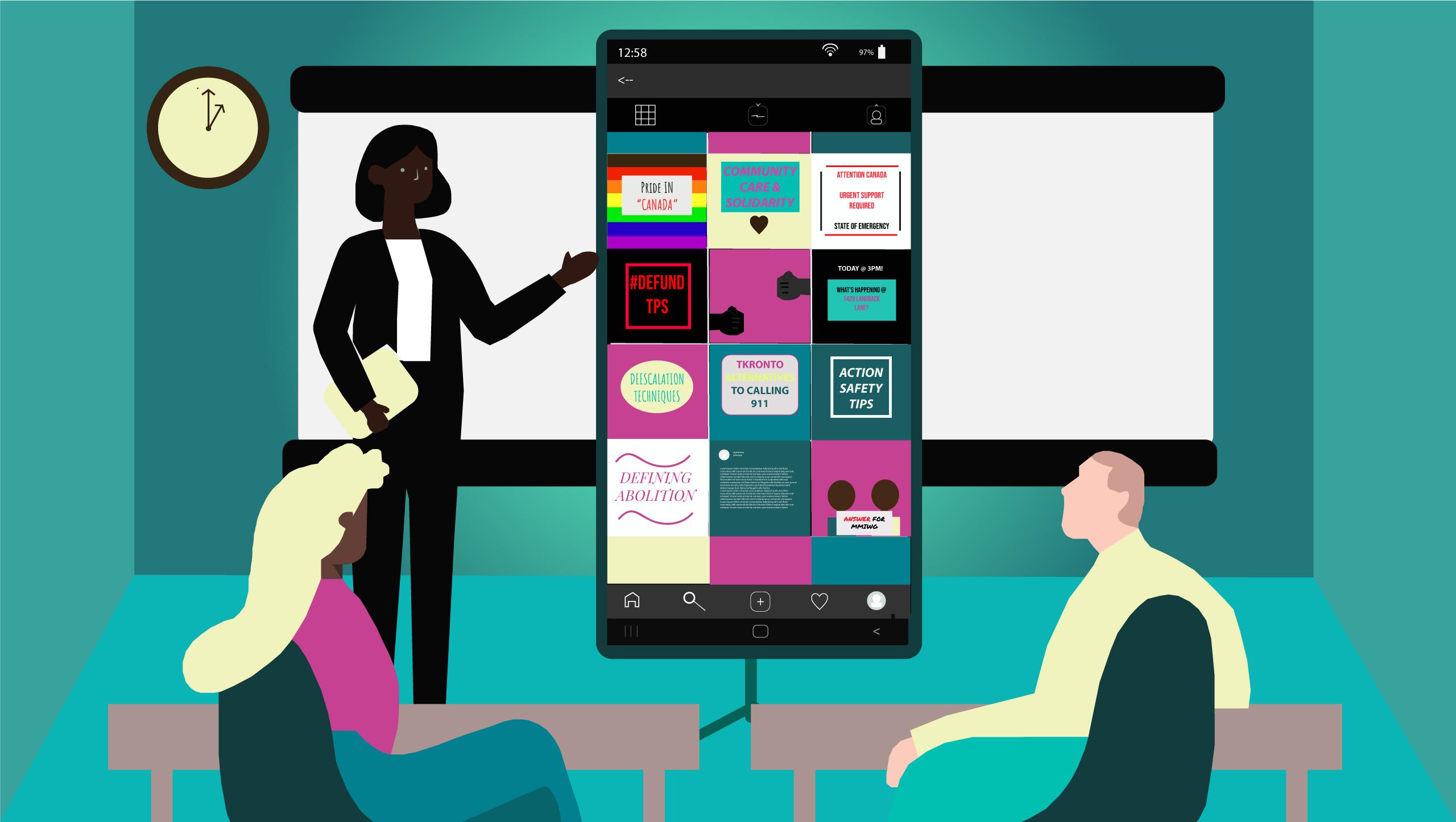Historically, classrooms have been the stage for social change, providing a venue to promote and accelerate new ideas. In addition to academic instruction, one of a classroom teacher’s most important roles is to help students develop the critical thinking, collaboration, and self-reflection skills necessary to foster a better society. Teachers must also be aware of the messages sent by the learning materials they use. When choosing class materials, teachers should employ books, articles, and lesson plans that include diverse voices and cultures. Educators also may need to call upon colleagues or community members from specific backgrounds in order to better understand their cultures. Teachers can also strengthen the classroom community through learning experiences that draw upon the diverse backgrounds of their students. New information that includes multiple perspectives will better resonate with students’ previous knowledge. Also, as mentioned and explained in the article about Teachers; being neutral with respect to some political issues is sometimes keeping professional and social life separately.

Technology is accelerating the rate at which ideas, relationships, and information are shared. As such, social media is revolutionizing communication and access to information on both a national and global scale. Mass distribution and the ability to effortlessly share information have influenced many facets of modern life, changing the way we think about, connect to, and engage with social justice and activism. People have discovered new ways to communicate and collaborate through social media. Features such as feeds, profiles, and groups on social platforms provide global access to organizations that can promote and increase visibility by sharing and networking. The use of social media to uplift voices and stories, create awareness, and build and strengthen relationships creates a space for organizations, activists, and citizens to demand justice. Social justice has become a larger issue in recent years, including topics on social justice in the workplace. A generation has grown up with instant access to information on any culture, both current and past. Global communications allow people to speak across old political borders. Incidents of economic and social disparity are easier than ever to spot. This is all good. But classrooms remain one of the chief places students air and hear new ideas. Schools want teachers to be prepared to handle social justice topics.

In the current state of the world, Educators taking sharing about social justice issues on social media are becoming more and more connected. Young people are involved in various online services in many different ways, and using that fact to help teach them in more inclusive and involved ways is a great idea for any school or college. Just like so many other industries have used social apps to their benefit, it is now time that academic institutions start including it more in their curricula.

Thanks
Gunpreesh 🙂
Interesting points. I too think that social justice issues need to be raised in our classrooms and schools, and our curriculums even state that as well in the outcomes and indicators. I fully support those that want to engage in social justice activism using social media, however, I do not think that educators have a responsibility to be activists on social media. There are many ways to be activists, and when we force a medium upon someone then it is no longer authentic.
Great post. I especially like your thoughts on being aware of the messages sent by selected learning materials. I usually start our year by asking students to think about who is writing a text, what their purpose is and what they want you to think. This has brought up some interesting discussions and points that I would not have considered on my own. Sometimes I will read and older book and point out why certain parts have been changed to be more appropriate for our current environment.
While I do agree that teaching our students about social media should be part of the curriculum, I think that having them participate needs to be done carefully and in a controlled environment. That way when they go home and participate independently they will be more prepared for the challenges they meet there. Not to mention using it to advocate for their own personal causes, when they choose to do so.